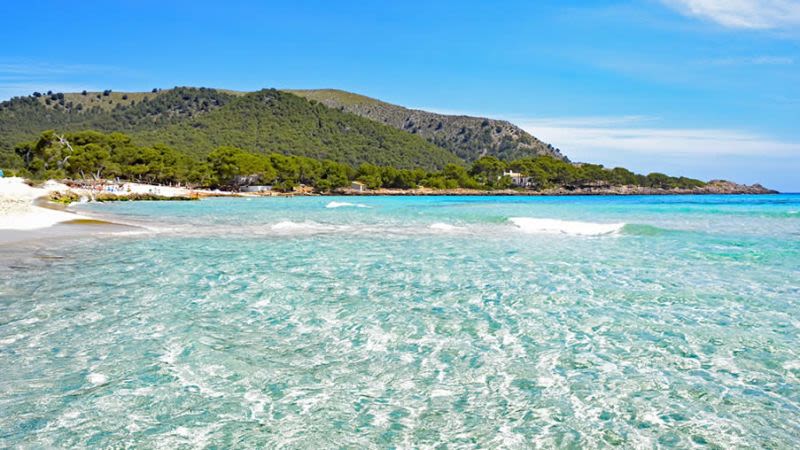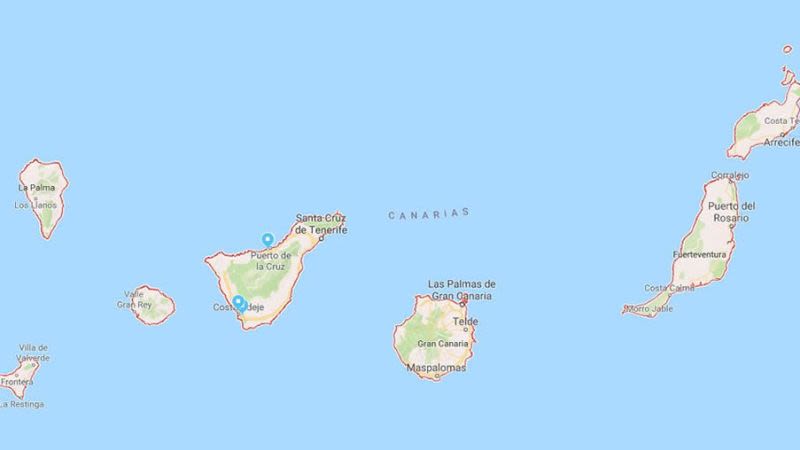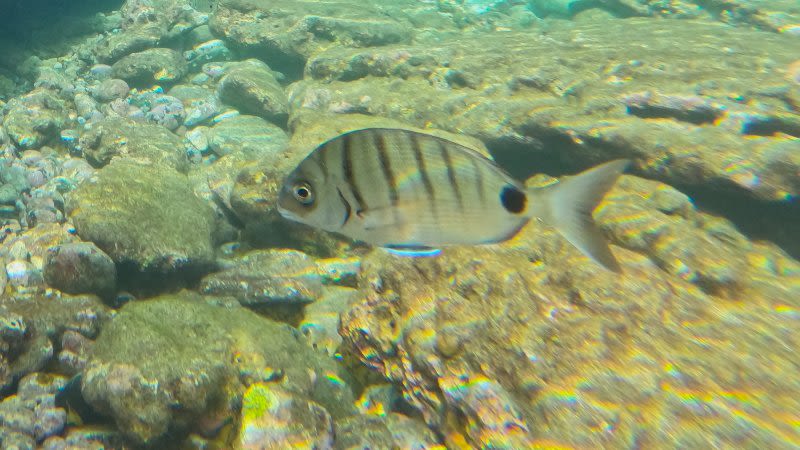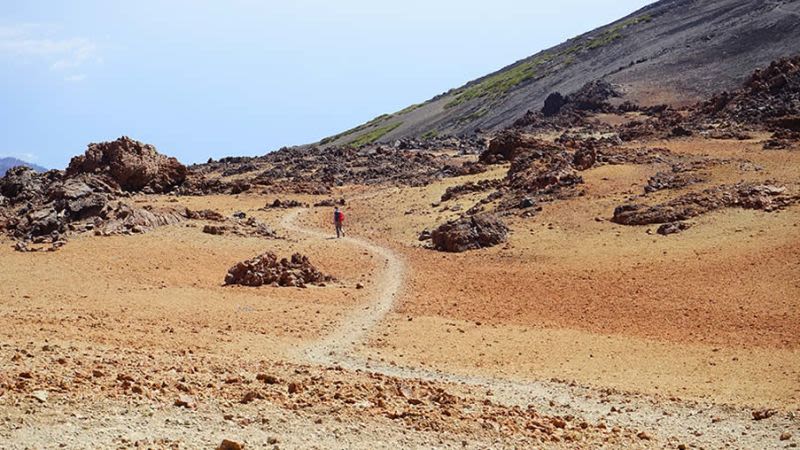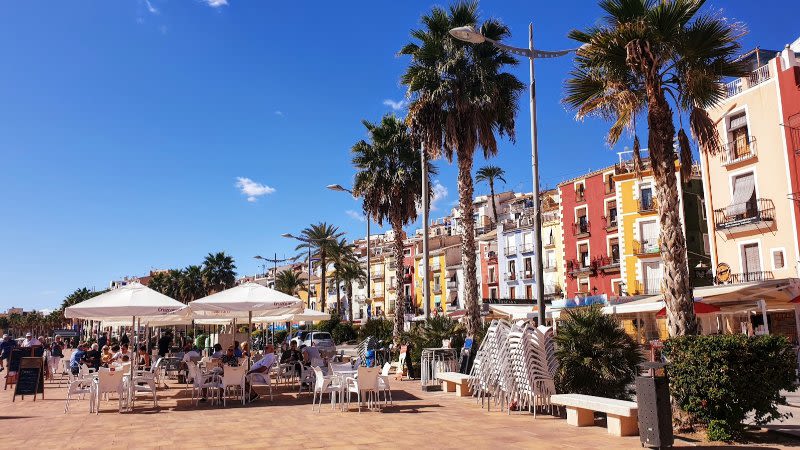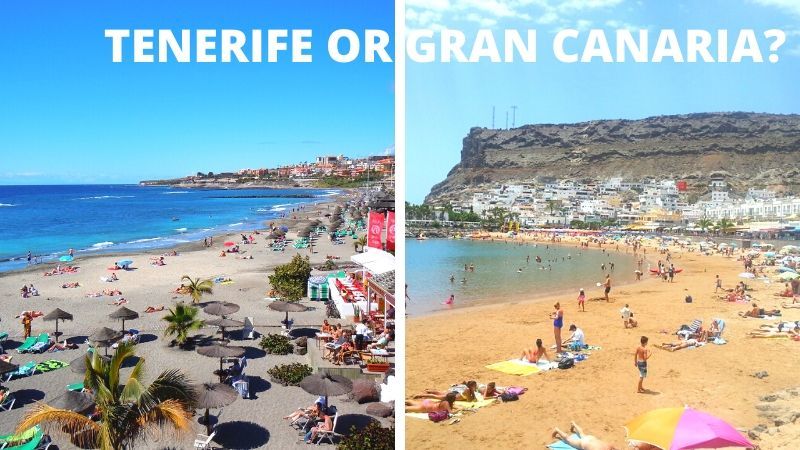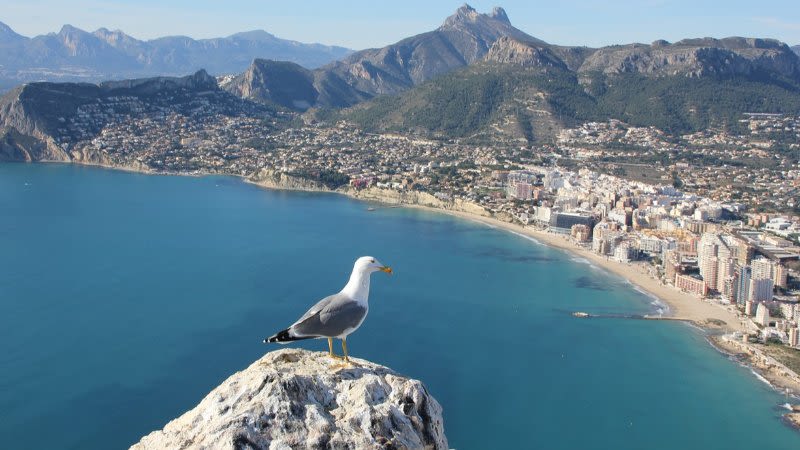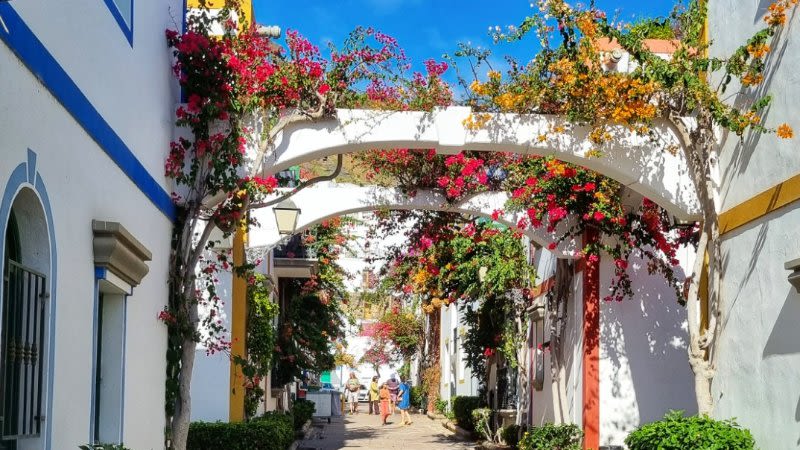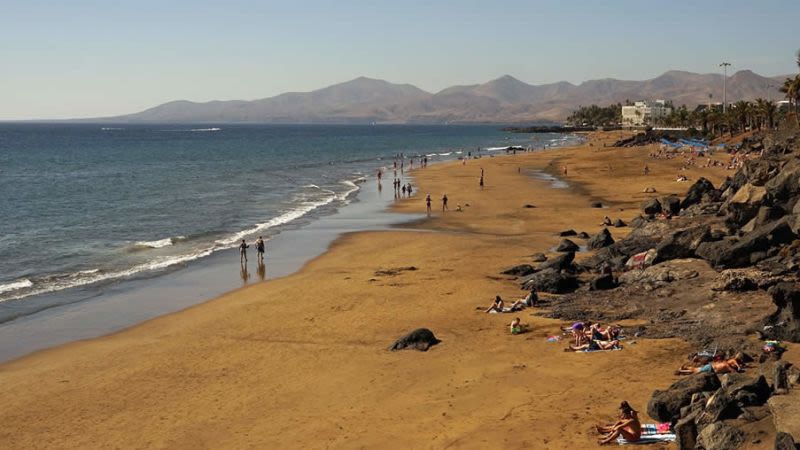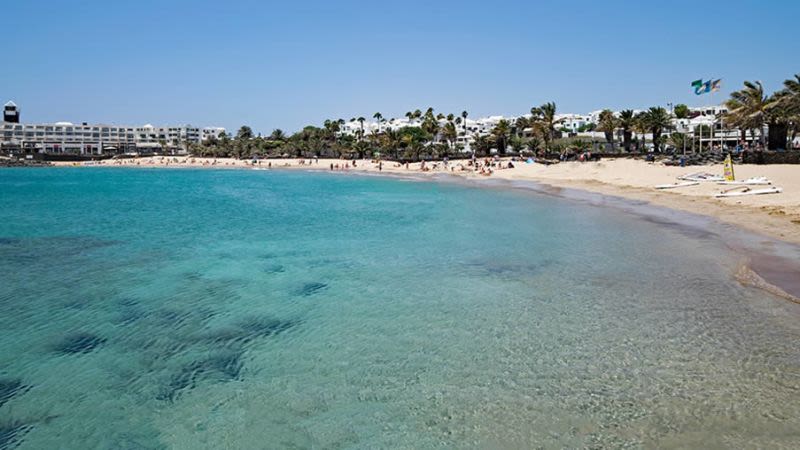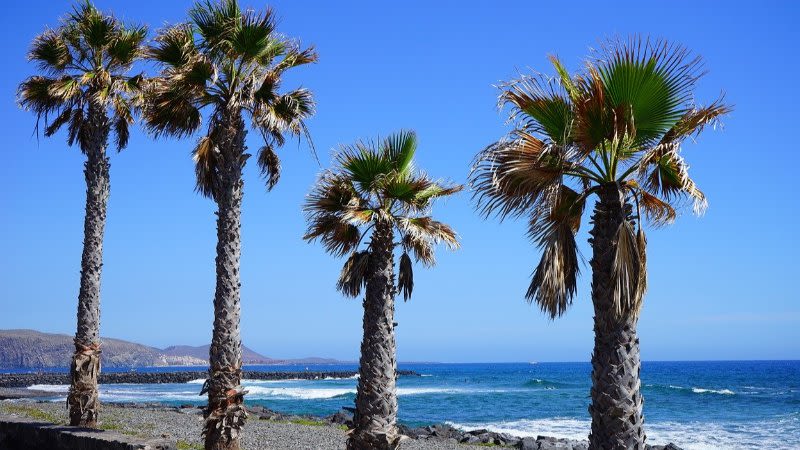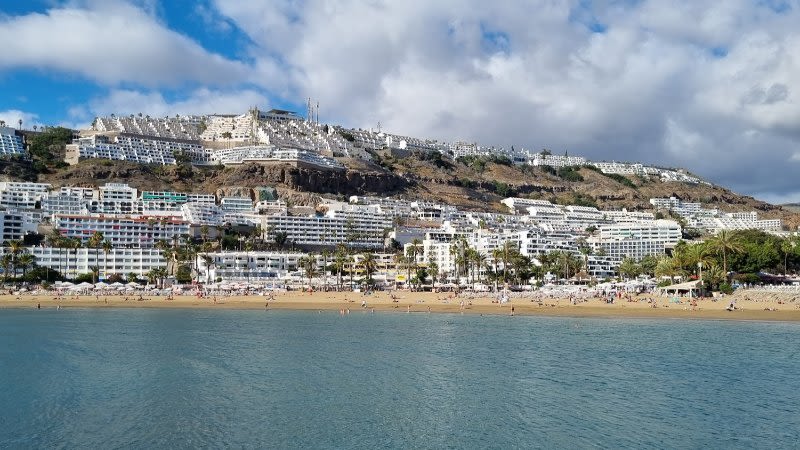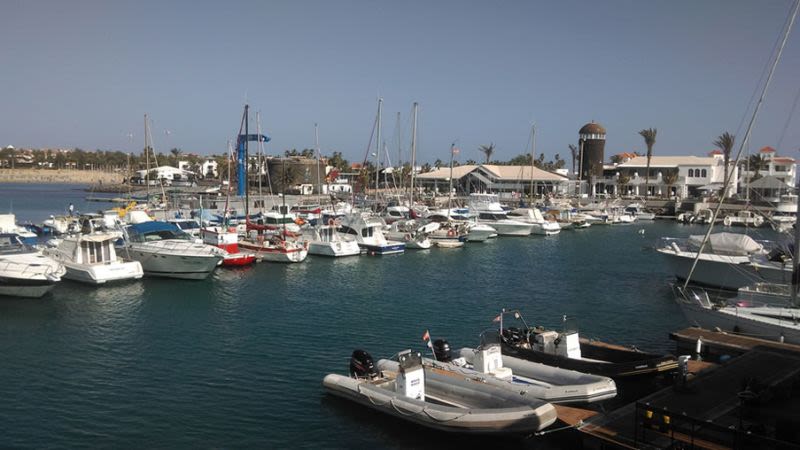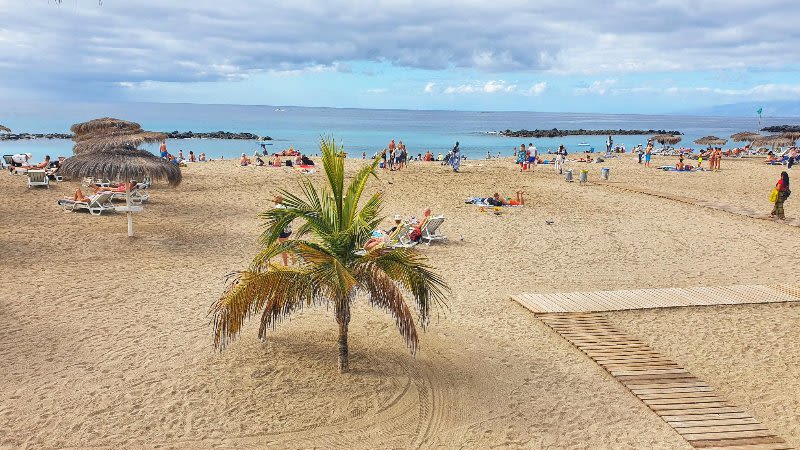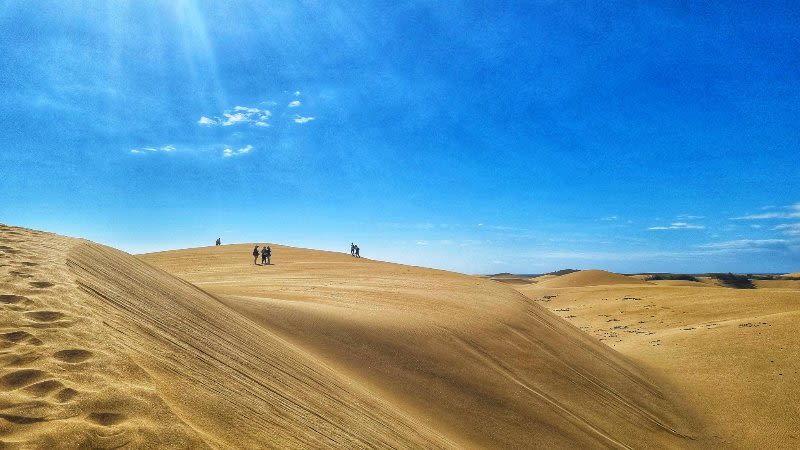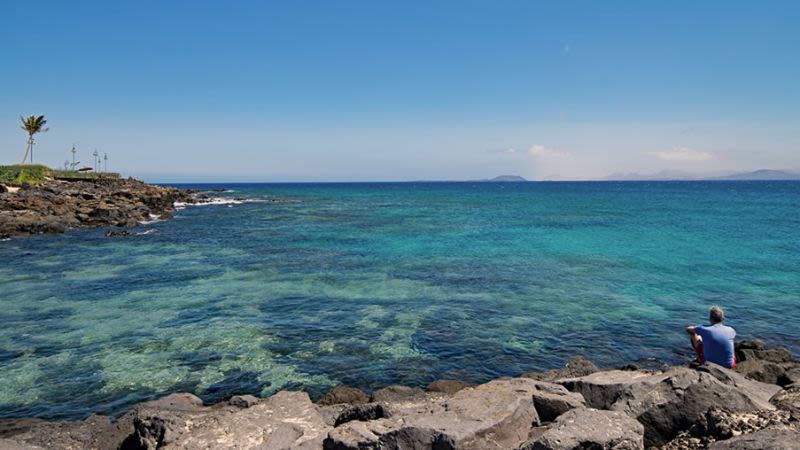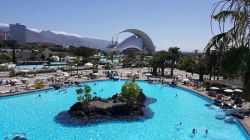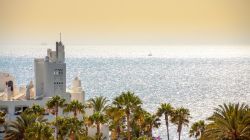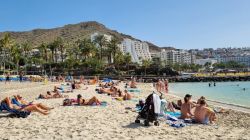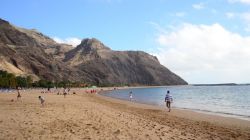Papaya in the Canary Islands: Try papaya from Tenerife or Gran Canaria
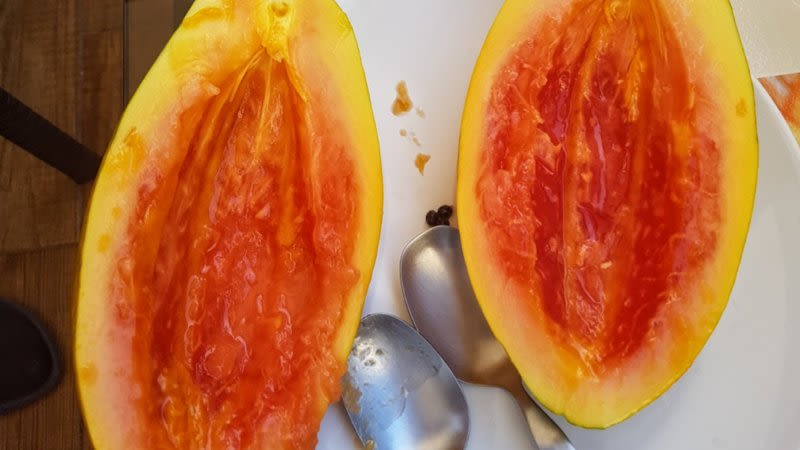
Papaya, a delectable tropical fruit, has been cultivated in the Canary Islands for over 200 years.
The area dedicated to papaya cultivation in the Canary Islands is approximated to be around 370 ha (195 ha in the province of Santa Cruz de Tenerife and 175 ha in Las Palmas de Gran Canaria), according to 2014 data from the Department of Agriculture of the Government of Canary Islands, being the fourth tropical fruit tree in terms of cultivated area in the Canary Islands, after banana, avocado and mango.
The cultivated area of papaya in Tenerife island alone is estimated at around 186 hectares, which represents 52% of the regional total. This is distributed between the northern area of the island (34%) and the southern area (66%).
You can buy papaya at Adeje Farmer's Market or other markets and supermarkets in the Canary Islands
The papaya fruit is available year-round at the Adeje Agromarket, featured in both traditional and organic stalls.
The Adeje Agromarket boasts two main varieties of papaya: Cuban and Hawaiian.
Cuban Papaya: Distinguished by its large, globose shape, this variety typically weighs between 1.5 kg to 3 kg. It has a thick, vibrant orange pulp that is known for its sweet flavor.
Hawaiian Papaya: This smaller variety ranges from 200g to 500g. Its flesh is a paler orange and it is less sweet compared to the Cuban variety.
Nutritional Benefits of Papaya
Papaya is a hydrating and low-calorie fruit, packed with essential nutrients:
- Vitamins: High in vitamin C and vitamin A, which are crucial for immune function and vision health.
- Minerals: Contains significant amounts of calcium, magnesium, and potassium, supporting bone health and muscle function.
- Low in Carbohydrates: Makes it a suitable option for those monitoring their carbohydrate intake.
- One of papaya's standout components is papain, an enzyme that facilitates the digestive process.
- Additionally, its high fiber and water content make it an excellent aid in preventing constipation.
Cautions
Papaya skin contains latex, which may cause allergic reactions in some individuals. It's important to handle and consume the fruit carefully, particularly if you have a known latex allergy.
Culinary uses of Papaya
Papaya's versatility in the kitchen is impressive. Commonly enjoyed fresh, it can be eaten alone, with or without a sprinkle of sugar, or added to salads and juices. Beyond fresh consumption, papaya is also used in various culinary creations:
- Desserts: Can be cooked into delightful sweets.
- Jam: Makes a unique and flavorful spread.
- Sauces: Adds a tropical twist to savory dishes.
Whether you prefer the large, sweet Cuban variety or the smaller, subtler Hawaiian type, papaya offers a refreshing taste and numerous health benefits, making it a valuable addition to any diet.
Where does papaya grow in the Canary Islands

Papaya is cultivated in several regions across the Canary Islands, benefiting from the archipelago's favorable subtropical climate. Beyond Adeje, which is known for its agricultural market, papaya is grown in other areas such as:
- Tenerife: Besides Adeje, regions like Arona, La Orotava, and the fertile valleys of Güímar and La Laguna are notable for papaya cultivation. The island's diverse microclimates and volcanic soil provide ideal growing conditions.
- Gran Canaria: In Gran Canaria, papaya is cultivated in the southern regions, including Maspalomas and the agricultural zones of Mogán and Santa Lucía de Tirajana. These areas have warm temperatures and ample sunlight, conducive to tropical fruit farming.
- La Palma: Known as the "Isla Bonita," La Palma has fertile land in regions like Los Llanos de Aridane and Tazacorte, where papaya is successfully grown alongside other tropical fruits.
- La Gomera: The island's terraced fields and mild climate support papaya cultivation, particularly in the Valle Gran Rey and Hermigua valleys.
Lanzarote and Fuerteventura are the most arid islands in the Canaries and, in general, they don't produce as much fruits and vegetables as the other islands (although Lanzarote does produce grapes in the region of La Geria).
Each of these islands leverages the unique environmental conditions of the Canary Islands to produce high-quality papaya, contributing to the local agricultural economy and providing fresh fruit year-round.

